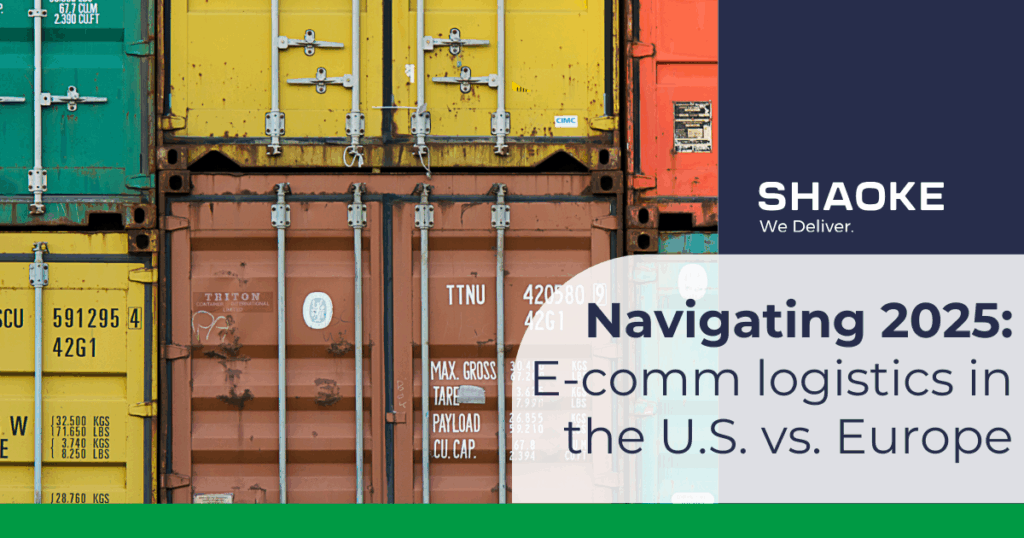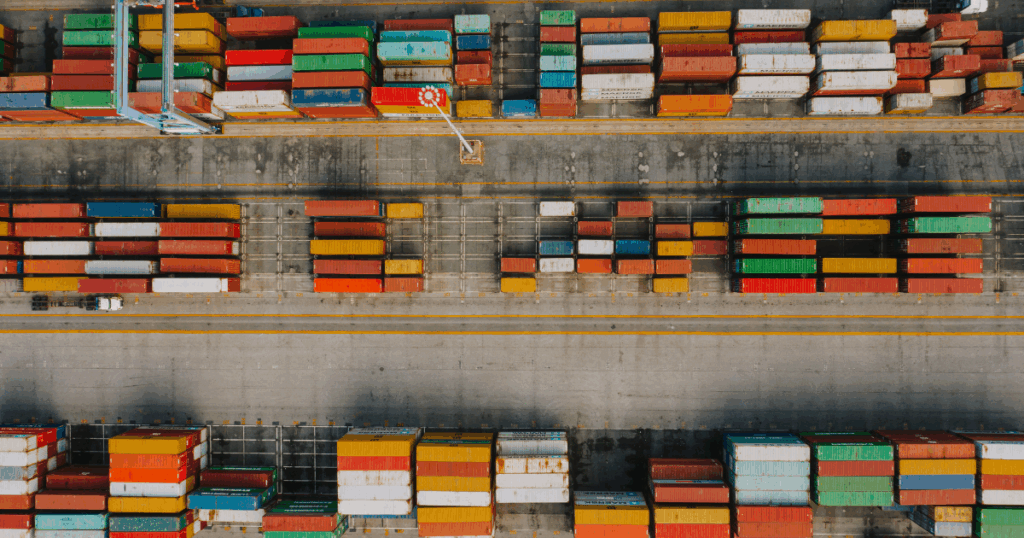
In 2025, cross-border e-commerce logistics in the U.S. and Europe isn’t about who has it easier. It’s about navigating two very different sets of challenges. Both markets are under pressure from tariffs and policy changes, but the way these pressures show up on the ground -and in your bottom line- couldn’t be more different.
In the U.S., things escalated quickly. With the reintroduction of sweeping tariffs, including a flat 10% duty on most imports and steep hikes of up to 145% on Chinese goods, logistics costs have surged. The “de minimis” rule, which allowed duty-free import of items under $800, is now on the chopping block – directly impacting platforms like Shein and Temu. Many brands are rethinking their sourcing strategies, shifting warehousing to Mexico or looking into bonded storage to delay duties. U.S. logistics networks are also being restructured, with fulfillment expanding into second-tier cities to keep delivery promises without absorbing major cost increases.
Europe, on the other hand, is dealing with a different kind of import headache. In early 2025, the European Commission proposed scrapping the €150 duty exemption for low-value goods. This affects millions of parcels, mostly from Asia, and is meant to reduce VAT fraud and give EU sellers a fairer shot. There’s also talk of a mandatory handling fee for direct-to-consumer imports. While this isn’t as headline-grabbing as U.S. tariffs, the operational impact is real. Customs procedures still vary across member states, and that inconsistency -especially for marketplaces- slows things down and adds risk.
The consumer side also plays out differently. U.S. shoppers still expect two-day delivery and free returns, regardless of the actual cost. European consumers are more fragmented. Western markets like Germany and the Netherlands want speed and tracking transparency. But in Southern and Eastern Europe, delivery windows stretch longer, and payment habits vary widely. For example, cash-on-delivery still makes an appearance. One fulfillment setup won’t cut it in the EU. Logistics companies that want to grow there need localized infrastructure and country-specific playbooks.

Digital regulation is another point of divergence. Europe’s Digital Services Act and tighter VAT enforcement through the One-Stop Shop (OSS) system are pushing platforms to register, report, and verify goods more closely than ever. Meanwhile, U.S. firms may soon face retaliatory digital taxes from the EU in response to Washington’s tariff escalation. All of this adds extra compliance layers -and more potential penalties- for global sellers operating across both regions.
Still, not everything is doom and admin. In both markets, there’s movement toward more resilient setups: distributed inventory models, smarter customs tech, and better end-to-end visibility. In the U.S., third-party logistics providers (3PLs) are stepping in fast. In Europe, marketplaces are investing in automated customs classification tools and cleaner import flows. Sustainability is no longer a “nice-to-have” either. Both regions are under pressure to reduce emissions, cut packaging waste, and offer greener delivery options.
Cross-border logistics in the U.S. and Europe may be challenging, but the key to success is adaptability. The U.S. demands quick responses to shifting policies, while Europe requires precision in navigating regulations. With the right strategies in place, both markets offer significant growth potential.
Sources
- The Guardian, April 2025
- Business Insider, April 2025
- Axios Macro, April 2025
- European Commission, Feb 2025
- France24, Feb 2025

